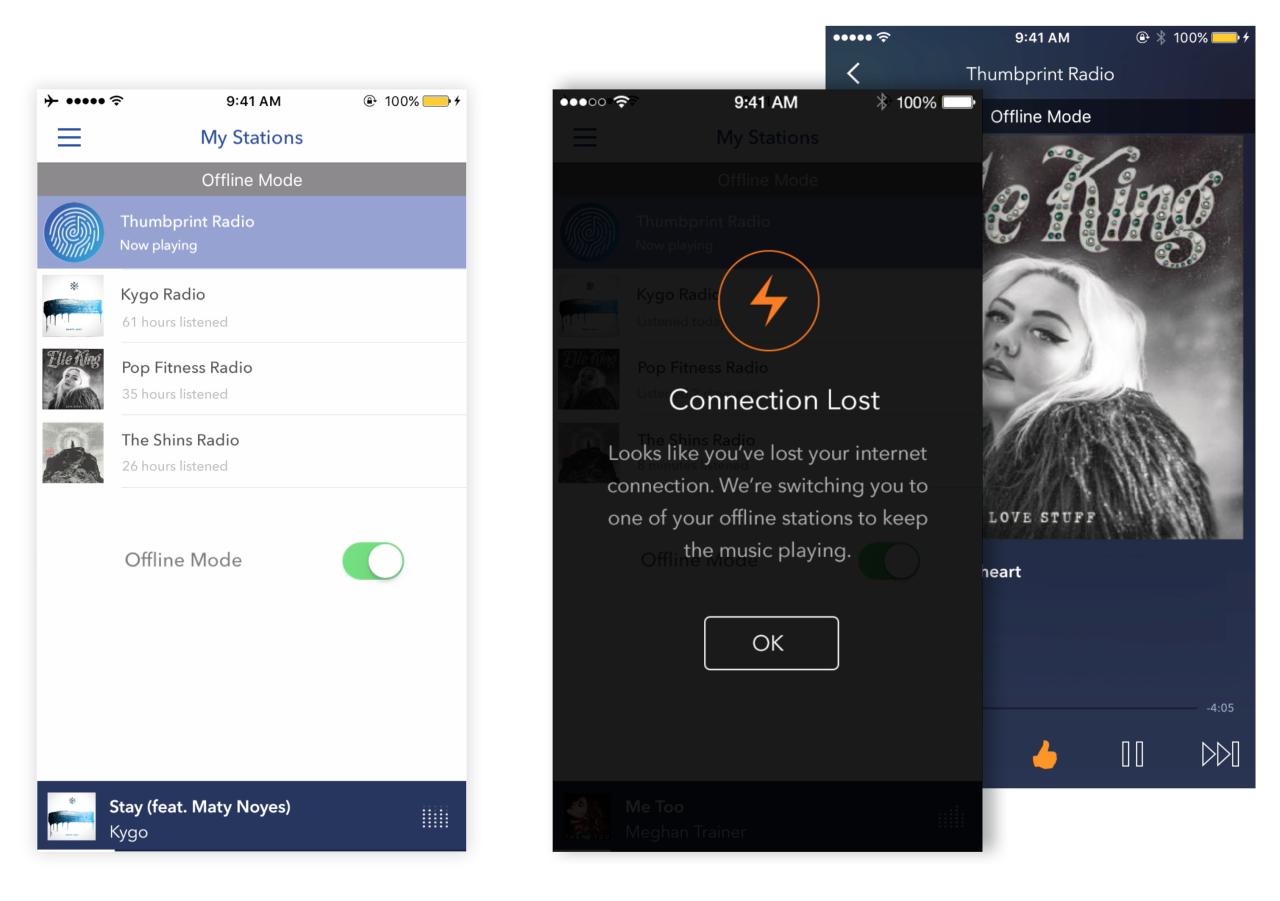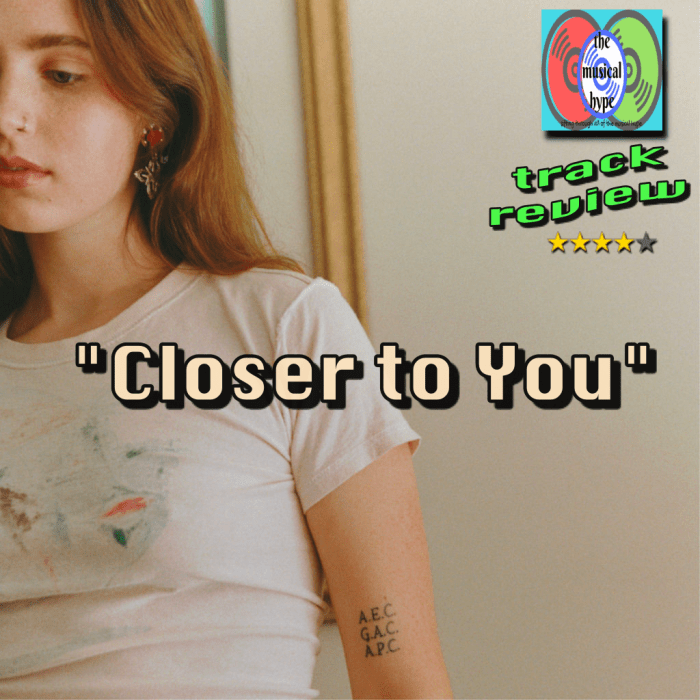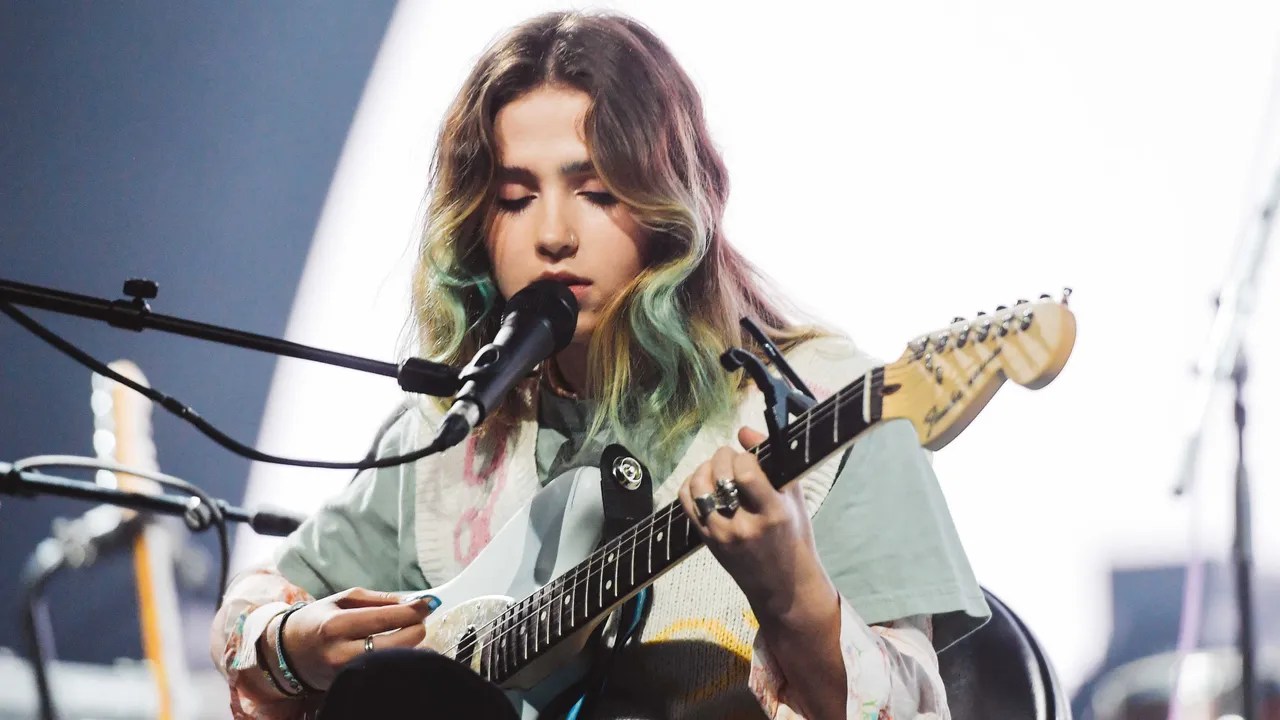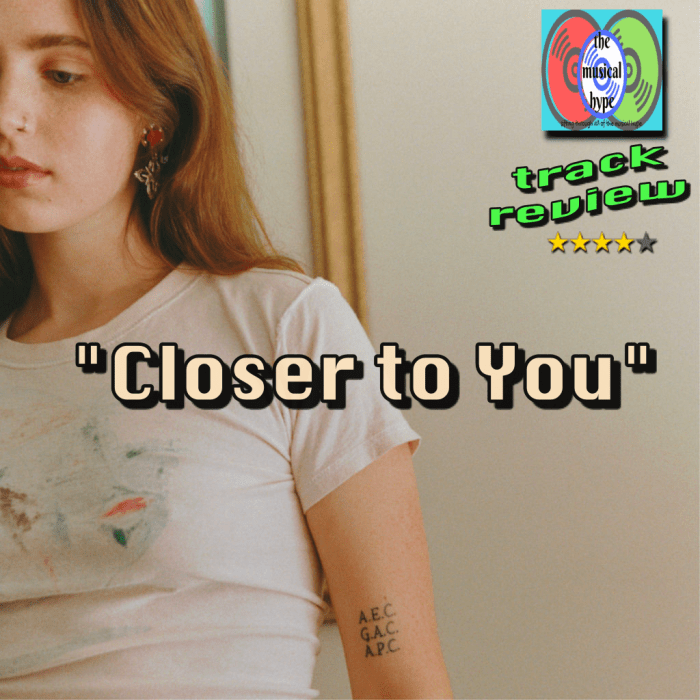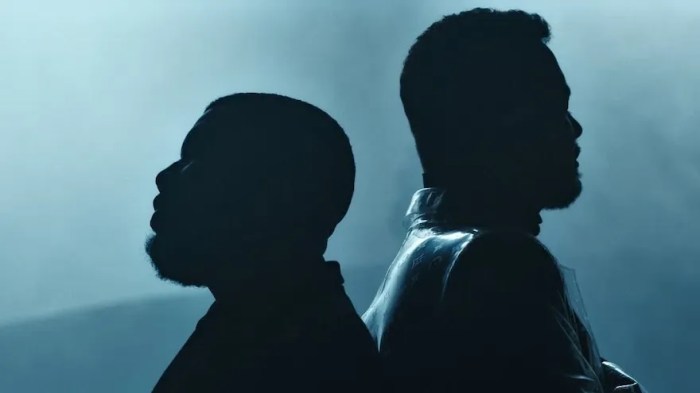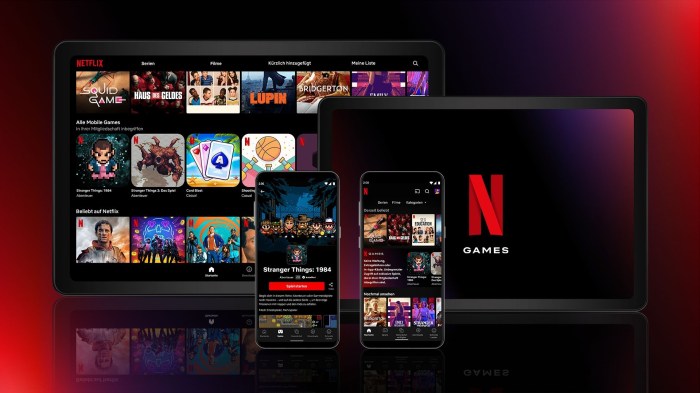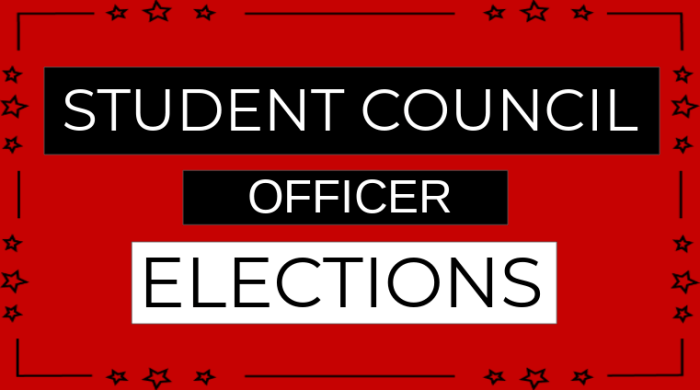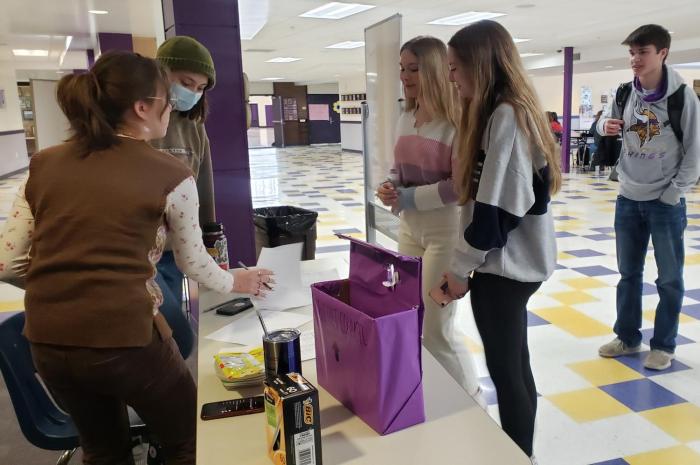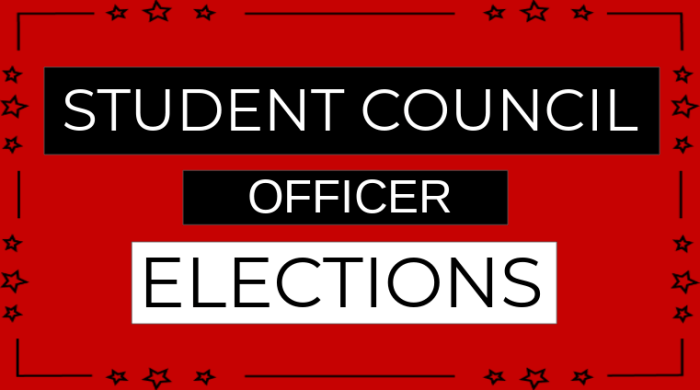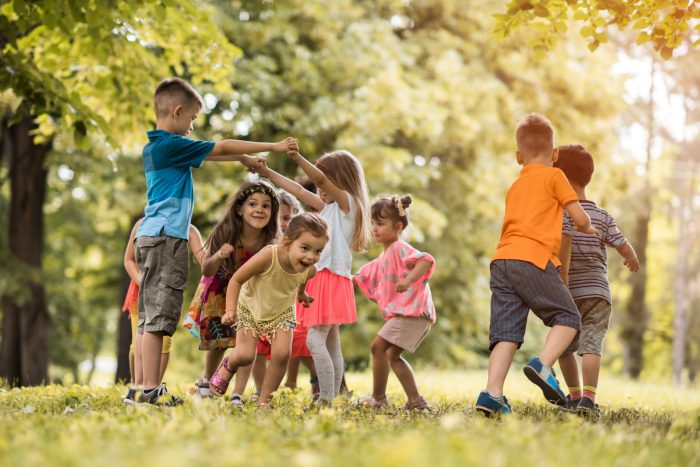Pandora begins limiting free service, a move that’s sure to impact music lovers everywhere. For years, Pandora’s free tier has been a popular option, offering a vast library of music without the need for a subscription. But what’s changing, and why? This exploration delves into the background of these changes, analyzes the potential effects on users, examines Pandora’s strategy, and considers alternatives and future implications in the ever-evolving music streaming landscape.
Pandora’s free tier has historically included the ability to listen to music based on your tastes and preferences. It’s a personalized experience, and the shift to a more restricted free tier could impact user experience. Let’s explore the specifics of this change and its potential implications for the platform and its users.
Background of Pandora’s Free Service Changes
Pandora, a popular music streaming service, has long offered a free tier, allowing users to listen to music with limitations. This free tier has been a key part of Pandora’s accessibility strategy, enabling a broad audience to experience the service. However, recent changes to this free tier indicate a shift in Pandora’s business model, likely motivated by a desire to balance user experience with revenue generation.The free tier has historically provided a basic listening experience.
Users could enjoy music without subscription fees but were limited in their choices. The value proposition of the free tier was often in providing a taste of Pandora’s vast music library and in allowing users to discover new artists and songs. This, in turn, potentially attracted users to a paid subscription. The evolution of the music streaming market and changing user expectations likely played a significant role in Pandora’s decision to adjust its free tier offerings.
Historical Overview of Pandora’s Free Tier
Pandora’s free tier initially offered a substantial amount of music listening with advertisements. Early users benefited from a relatively comprehensive library and the service’s unique personalized radio feature. However, the free service was always accompanied by limitations. These limitations were designed to balance the free service’s attractiveness with the need for Pandora to generate revenue.
Key Features and Benefits of the Previous Free Service
The previous free tier primarily focused on providing a taste of Pandora’s curated music selections. Users could listen to personalized radio stations based on their musical preferences, a key feature that distinguished Pandora from other services. The service allowed for discovering new music, but with limitations on the number of skips and songs. The free tier also provided access to a significant music library, albeit with advertisements interrupting the listening experience.
Factors Leading to the Decision to Limit the Free Service
Several factors might have contributed to Pandora’s decision to modify its free tier. Increasingly, music streaming services have shifted toward subscription models. This trend, combined with evolving user expectations for ad-free listening experiences, might have influenced Pandora’s strategic adjustments. The rising costs of music licensing and the need for a sustainable business model likely also played a role in this decision.
Comparison of Old and New Free Tier Offerings
| Feature | Old Free Tier | New Free Tier |
|---|---|---|
| Music Selection | Access to a substantial music library, with potentially fewer selections compared to the paid tier. | Access to a potentially smaller music library, focused on a curated selection. |
| Listening Limits | Limited number of skips and songs per day/session. | Significant restrictions on listening duration, skips, and/or songs per day/session. |
| Personalized Radio | Personalized radio stations based on user preferences. | Potentially limited personalization or curated stations. |
| Advertisements | Frequent advertisements interrupting the listening experience. | Continued advertisements, potentially with increased frequency or duration. |
| Subscription Option | Incentivized upgrade to a paid subscription for ad-free listening. | Incentivized upgrade to a paid subscription for ad-free listening, potentially with enhanced features. |
Impact on Users
Pandora’s shift from a generous free tier to a more restrictive one will undoubtedly have a ripple effect on its user base. This change represents a significant departure from the service’s previous model and could lead to both positive and negative consequences for listeners. The key question is how these changes will impact user engagement and, ultimately, Pandora’s long-term viability.
Potential Positive Consequences for Free Tier Users
The reduced volume of ads and potentially improved audio quality for free users are two possible benefits. A more streamlined free experience, with fewer distractions, might actually improve the user experience. This might be particularly appealing to users who primarily listen to Pandora in the background or for short bursts. Reduced ad interruptions can make the experience more enjoyable for these users, potentially leading to increased usage.
Potential Negative Consequences for Free Tier Users
The reduction in available content and features is a significant drawback. Users accustomed to a broader selection of music and the ability to create custom stations might find the restricted free tier less appealing. The potential for increased user frustration is significant, as many users rely on the free tier for convenient access to music. This reduced access to content could also negatively affect user engagement, and even drive users to alternative music streaming services.
Impact on User Engagement and Retention
The change to Pandora’s free tier will likely have a substantial impact on user engagement and retention. If users perceive the reduced content and features as a significant loss, they may become less engaged with the platform. A decrease in usage could lead to decreased retention rates as users seek out alternatives. This could particularly affect younger demographics who are more likely to be heavily engaged with music streaming services, and may be particularly sensitive to changes in free tiers.
Potential for User Migration to Other Music Streaming Services
Pandora’s changes to its free tier could potentially drive users to competitors like Spotify, Apple Music, or YouTube Music. Users who value a larger library of music and more comprehensive features may opt for alternative services offering a broader selection of content at no or minimal cost. The potential for user migration is significant, especially if users perceive the reduced content and features of the new free tier as a substantial limitation.
Potential User Reactions
| User Type | Potential Reaction | Justification |
|---|---|---|
| Casual Listener | Reduced Engagement | Limited selection and increased ads may lead to decreased use, as they are less reliant on a wide selection. |
| Frequent Listener | Migration to Other Services | Reduced selection and features could drive users to services offering broader access. |
| Music Enthusiast | Strong Disapproval and Migration | Loss of a large library and customizable stations would be a major deterrent for those actively seeking and curating their music. |
| Users relying on Pandora for background listening | Potential for Increased Engagement | Reduced ads could lead to an increase in usage. |
Pandora’s Strategy and Justification
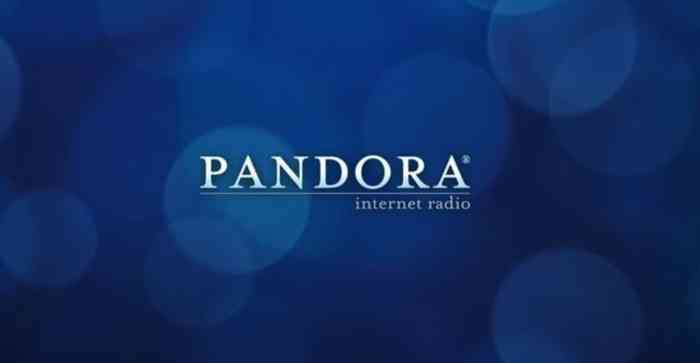
Pandora’s recent move to limit its free tier is a significant shift in the music streaming landscape. This change signals a potential shift in how the company monetizes its platform and positions itself within the competitive market. The decision likely stems from a strategic evaluation of revenue models and user engagement patterns. Pandora aims to optimize its business model and potentially increase profitability.Pandora’s rationale for limiting its free service is likely multi-faceted.
The company likely recognizes that a significant portion of its free users may not convert to paid subscribers. By making the free tier less attractive, Pandora might incentivize more users to upgrade to a paid tier. This strategy is common in the streaming industry, where the free tier often acts as a trial period or a gateway to premium features.
Pandora’s recent move to limit free service is a bummer, isn’t it? It’s definitely a change, but honestly, I’m more excited about The Cure curating a new Pasadena Daydream festival! the cure curate new pasadena daydream festival promises some seriously cool tunes, and hopefully, the vibe will be worth paying for. Still, Pandora’s changes make me wonder if the music streaming experience will be more expensive overall, even with these curated events.
Pandora’s Stated Rationale
Pandora likely cites the need to maintain and improve the quality of its service as a primary rationale for limiting the free tier. This includes investments in music licensing, artist relations, and infrastructure to support a larger user base. Maintaining a substantial music library and ensuring high-quality audio streams can be costly, and a reduction in free users could potentially free up resources to support this.
Potential Financial Implications
The financial implications of this change are substantial. A decrease in free users could lead to a decrease in overall user engagement, impacting the platform’s ad revenue. However, if the strategy effectively converts a higher percentage of free users into paying subscribers, the net effect on Pandora’s revenue could be positive. The potential for increased subscription revenue would be a significant factor in determining the overall success of this strategy.
Companies like Spotify and Apple Music have seen success in similar models.
Pandora’s recent move to limit free service is a bummer, but hey, at least there are other ways to get your fix of drama. Think about auditioning for the Bad Girls Club on Oxygen; Audition for Bad Girls Club on Oxygen might just be the perfect distraction from all that paid-for music. Still, Pandora’s changes are going to impact a lot of people who rely on their free service, which is a shame.
Comparison to Other Streaming Services
Several music streaming services have implemented similar strategies, limiting free tiers or introducing tiered subscription models. Spotify, for example, has a variety of tiers, each offering different features. Apple Music operates on a similar tiered model. These strategies highlight the trend toward premium services in the streaming industry. The shift away from completely free services suggests a recognition of the value of exclusive content and features that attract paying customers.
Possible Competitive Advantages
| Advantage | Explanation |
|---|---|
| Increased Revenue Potential | By limiting free access, Pandora can potentially attract more paying subscribers, increasing its overall revenue. This is a core strategy behind the change, focusing on higher margins from premium users. |
| Focus on Premium Features | The shift towards a premium-focused model allows Pandora to invest more resources in high-quality audio, exclusive content, or personalized playlists, potentially attracting users who value these features. |
| Reduced Operational Costs (Potentially) | A smaller free user base could translate to lower operational costs related to maintaining the platform for free users, potentially freeing up resources for other investments. |
| Improved User Experience | By focusing on a more engaged user base (paid subscribers), Pandora could improve the overall user experience by optimizing content delivery and resources for a smaller, more loyal group. |
Alternatives and Potential Solutions
Pandora’s decision to curtail its free tier highlights a crucial challenge for streaming services: balancing user access with sustainable revenue models. The shift reveals a potential gap in the market for a service that provides an enjoyable listening experience without imposing significant financial burdens. Alternative strategies, coupled with innovative monetization solutions, could have mitigated the negative user reaction.
Alternative Strategies Pandora Could Have Employed
Pandora could have explored a variety of alternative approaches to maintaining a robust free tier. One strategy would have been to focus on a more curated free tier experience. Instead of a completely random algorithm, Pandora could have implemented a system that offered a selection of curated playlists based on genre, mood, or even user preferences gathered from paid subscriptions.
This approach could have satisfied the desire for personalized listening while still maintaining a free tier. Another potential strategy involves partnering with brands to offer tailored ad experiences. This could involve incorporating targeted advertising within the free tier that resonates with specific playlists or genres, making the ads less intrusive and more relevant.
Potential Solutions for Users Valuing the Free Tier
Users who value Pandora’s free tier often seek a balance between free access and personalized content. To retain these users, Pandora could have introduced a tiered free service. This could offer varying levels of personalization and ad frequency, allowing users to choose a level that best fits their needs and budget. A second approach is to offer a “lite” version of the paid subscription, allowing free users to access some of the features of the premium tier without the full cost.
This would incentivize users to upgrade.
Examples of Monetization Models to Supplement the Free Tier
Beyond traditional advertising, Pandora could have explored other monetization models. A potential solution is incorporating a “pay-per-stream” model for high-demand content. This could target specific, popular artists or genres, allowing listeners to pay a small fee to listen to their favorite songs without interruptions. Another model is providing exclusive content for subscribers. This could involve offering behind-the-scenes content, artist interviews, or exclusive live performances.
Table of Monetization Options
| Option | Description | Pros | Cons |
|---|---|---|---|
| Curated Free Tier Playlists | Providing users with playlists categorized by genre, mood, or interest. | Improved user experience, potential for increased engagement, less intrusive ads. | Requires significant curation effort, may not appeal to all users. |
| Targeted Advertising | Integrating advertisements that are relevant to the user’s listening habits. | Potential for higher ad revenue, increased user engagement, less intrusive. | Requires sophisticated data analysis, potentially raises privacy concerns. |
| Tiered Free Service | Offering varying levels of personalization and ad frequency within the free tier. | Allows users to customize their experience, potential for increased user satisfaction. | Requires careful design and testing to balance user needs. |
| Pay-per-Stream Model | Allowing users to pay a small fee to listen to specific songs or artists. | Potential for increased revenue, caters to specific user needs. | Could be perceived as intrusive or complicated, might not appeal to all users. |
| Exclusive Subscriber Content | Offering behind-the-scenes content, artist interviews, or exclusive live performances for paid subscribers. | Increased subscriber value, potential for creating a loyal user base. | Requires creating unique content, might not be appealing to all listeners. |
Market Analysis and Trends: Pandora Begins Limiting Free Service
The music streaming landscape is constantly evolving, with companies vying for market share and user engagement. Pandora’s recent changes to its free tier highlight the competitive pressures and shifting dynamics within this sector. Understanding current trends and competitor strategies is crucial to evaluating Pandora’s move and its potential impact.The music streaming market is highly competitive, with giants like Spotify and Apple Music dominating the scene.
Smaller players like Pandora, Tidal, and others are working hard to carve out niches and maintain relevance. The shift towards premium subscriptions, coupled with a growing emphasis on personalized experiences, is a major force shaping the industry.
Current Trends in the Music Streaming Market
The music streaming market is characterized by a rapid shift towards premium subscriptions, with users increasingly opting for ad-supported or paid tiers offering a wider range of features and a more personalized listening experience. This trend is driven by a desire for ad-free listening and access to exclusive content, demonstrating a willingness to pay for a superior music experience.
Additionally, the rise of podcasting and the integration of audio books and other audio content into streaming platforms is blurring the lines between traditional music streaming and broader audio entertainment services.
Comparison of Pandora’s Strategy with Competitors, Pandora begins limiting free service
Pandora’s strategy has historically emphasized a personalized radio-style experience, relying on algorithms to curate playlists based on user listening habits. This approach has set it apart from competitors like Spotify, which offers a more extensive catalog of music and a broader range of functionalities, including playlists created by users and artists. Apple Music emphasizes its integration with other Apple services and its high-quality audio.
The varying approaches reflect the different strategies these companies have adopted to appeal to various user segments and preferences.
Pandora’s recent move to limit free service is a real bummer, isn’t it? It’s definitely making me think about the future of streaming. This got me thinking about Sufjan Stevens’ thoughts on Katy Perry’s new album, Lord Jesus Have Mercy, which you should check out here. It’s a fascinating take on the music industry and, in a roundabout way, it highlights the changing landscape of how we access music.
Perhaps these changes in music access are similar to the adjustments Pandora is making to their free tier? Maybe this is all part of a bigger trend of shifting models in music consumption.
Analysis of the Overall Impact on the Competitive Landscape
Pandora’s change in free tier access will likely affect the competitive landscape by altering the perceived value proposition of different streaming services. Users who previously relied on Pandora’s free service may seek alternatives that offer a comparable level of personalization or wider music selection at a similar price point. This could potentially result in a slight increase in user migration to competitors offering more comprehensive free tiers, or a decrease in overall usage if the change significantly impacts the user experience.
The ultimate impact remains to be seen and will depend on how users respond to the change.
Summary of the Music Streaming Market
| Company | Free Tier Status | Key Feature |
|---|---|---|
| Spotify | Ad-supported | Extensive music catalog, user-created playlists, and various audio content |
| Apple Music | Ad-supported | Integration with Apple ecosystem, high-quality audio, and curated playlists |
| Pandora | Limited free tier | Personalized radio-style experience, focus on algorithmic playlist generation |
| Tidal | Ad-supported | High-fidelity audio streaming, focus on exclusive artist content |
This table provides a snapshot of the music streaming market, highlighting the varying free tier offerings and key features of different platforms. The information serves as a useful reference point for comparing Pandora’s recent changes to the strategies of its competitors.
Future Implications
Pandora’s shift towards a more limited free tier signals a potential paradigm shift in the music streaming landscape. This change isn’t just about Pandora; it’s a reflection of the broader trend of monetization in the digital age. The implications extend beyond just Pandora’s future; they touch on the entire ecosystem of music streaming services and how users interact with music.The limitations of free services are likely to become a more common strategy across the industry.
Competition is fierce, and maintaining profitability in the face of significant production costs and marketing efforts is crucial. This strategy will likely push other streaming services to adopt similar approaches to increase their revenue streams.
Potential Long-Term Consequences
Pandora’s move suggests a future where free tiers might become increasingly bare-bones, offering only a taste of the full service. This could lead to a significant shift in user behavior, with more users potentially migrating to paid services or adopting more diversified listening habits. Users may start to explore alternative sources for music, such as individual artist releases or other streaming platforms with more comprehensive free tiers.
Potential for Innovation in the Music Streaming Market
The limited free tier could spur innovation in the music streaming market. Other services might respond by developing more compelling free tiers, offering unique features, or expanding their free-tier offerings to a wider audience. For example, a service might introduce a free tier with ads but offer high-quality audio for a monthly fee. Another possibility is the emergence of new models, such as a tiered system where users can pay a small fee for a specific level of service, offering increasing access to features and higher quality audio as the tier increases.
Potential Future Changes in Pandora’s Services
Pandora may adapt its services in several ways to accommodate the limitations of the free tier. They might increase the frequency or intensity of ads on the free tier, or provide exclusive content only to paying subscribers. Pandora may also develop new features and functionalities specifically designed for its paid tier, adding more value to the premium service.
This could include curated playlists, personalized radio stations, or access to exclusive music releases.
Potential Future Developments in the Market
Pandora’s shift towards a limited free tier suggests several potential developments in the market. These include:
- Increased Competition among Paid Services: As free tiers shrink, the premium services might become more competitive in terms of features, pricing, and quality of content to attract users.
- Emergence of New Streaming Models: Expect the rise of hybrid models that blend free and paid options, potentially offering various subscription tiers with escalating access levels.
- Rise of Alternative Music Consumption: Users might explore alternative ways to access music, such as downloading albums, supporting independent artists, or using services with more comprehensive free tiers.
- Shift in User Behavior: Free-tier users might become more selective about the music they consume, seeking specific content or focusing on listening to curated playlists rather than exploring everything Pandora offers.
- Focus on Premium Content and Features: Paid services may prioritize exclusive content, advanced features, and improved audio quality to justify the subscription cost.
Ending Remarks
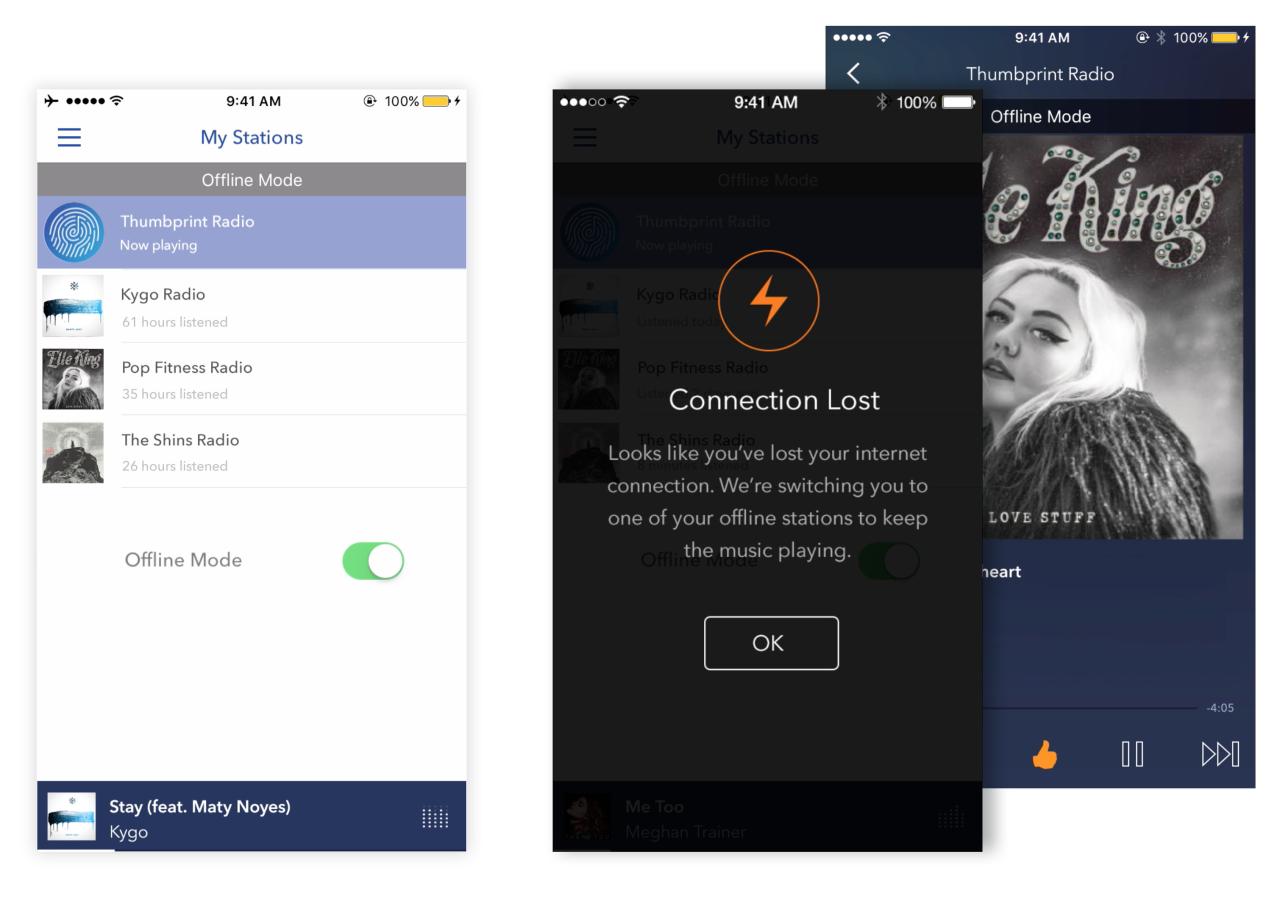
Pandora’s decision to limit its free service presents a significant shift in the music streaming market. This change forces us to consider the future of free music access and how platforms like Pandora will adapt to the evolving demands of their users. The impact on user engagement and retention, along with potential migration to other services, will be key factors to watch.
Ultimately, Pandora’s strategy and the user response will shape the future of the service.
